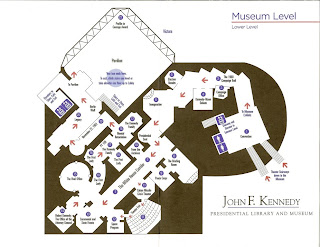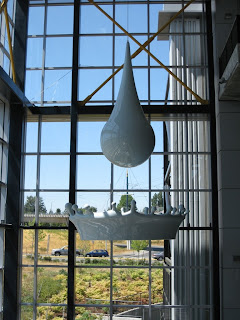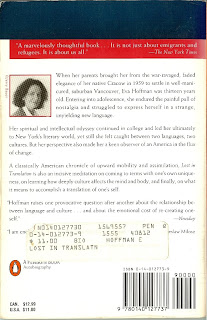
We’ve wanted to try the Art of the Table restaurant in Wallingford/Fremont for some time now and today was our lucky day. We called in the morning and were able to get a 4 person table for the evening. The meal and evening did not disappoint.
First, we’ll say it’s not exactly communal dining – the term supper club is a bit closer to the experience. There was one shared table this evening and the rest were spots for 2 or 4 people. However, this is a quibble, because it is more than enough intimate and there is ample opportunity to talk to your fellow dinners if you choose too. You are encouraged to get up and take a breather between courses and you’ll probably run into your fellow diners, maybe even in the tiny garden just off the kitchen.
The real star at the Art of Table are the preparations of fresh, local ingredients that the chef Dustin Ronspies whips up and then describes just before you dig in. Dustin is endearing as a host and his love of the food and sharing of that food with people is evident and infectious. Everything we ate this evening (see menu) was delicious. Special mention goes to a palate cleanser of summer carrot granita had us guessing everything but carrot as the main ingredient. We did the wine tasting flight (4 glasses) and were pleased with the pairing. If only every evening were like this!













